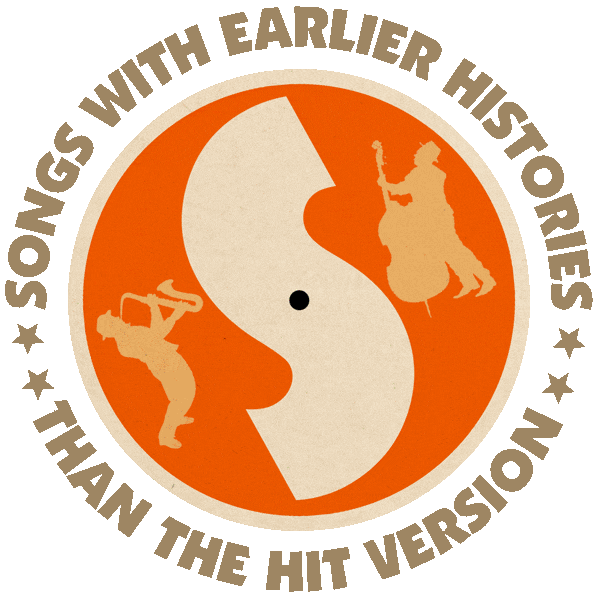First recorded by Hugh Cross (1929).
Also recorded by The Carter Family (1929, released 1932).
Hit version by Roy Acuff & His Crazy Tennesseeans (1936).
Also performed by Woody Guthrie (1944).
Also recorded by Roy Acuff & His Smoky Mountain Boys (1947), Bill Haley (as “Jukebox Cannonball” 1952), Lonnie Donegan (as “Grand Coulee Dam” UK #6 1956).
From the wiki: “J.A. Roff’s 19th-century train song ‘The Great Rock Island Route’ was rewritten in 1904 by William Kindt as ‘Wabash Cannon Ball’, and though the famed Carter Family is sometimes cited as the first to record it (with A.B. Carter credited as composer), an arrangement by Hugh Cross & his guitar was put to wax more than seven months before theirs … and which was released three years prior to the release of the Carter Family recording.
“The artist most commonly associated with the song is Roy Acuff & His Crazy Tennesseeans whose first recording of ‘Wabash Cannonball’ was made in 1936 and released in December 1938. Crazy Tennesseean member Sam ‘Dynamite’ Hatcher was the actual vocalist on the recording, but it was Acuff’s imitation of a train whistle, something he said he learned while working for the L & N Railroad, that made the recording so iconic. Acuff would himself record a vocal version of ‘Wabash Cannonball’ in 1947.

